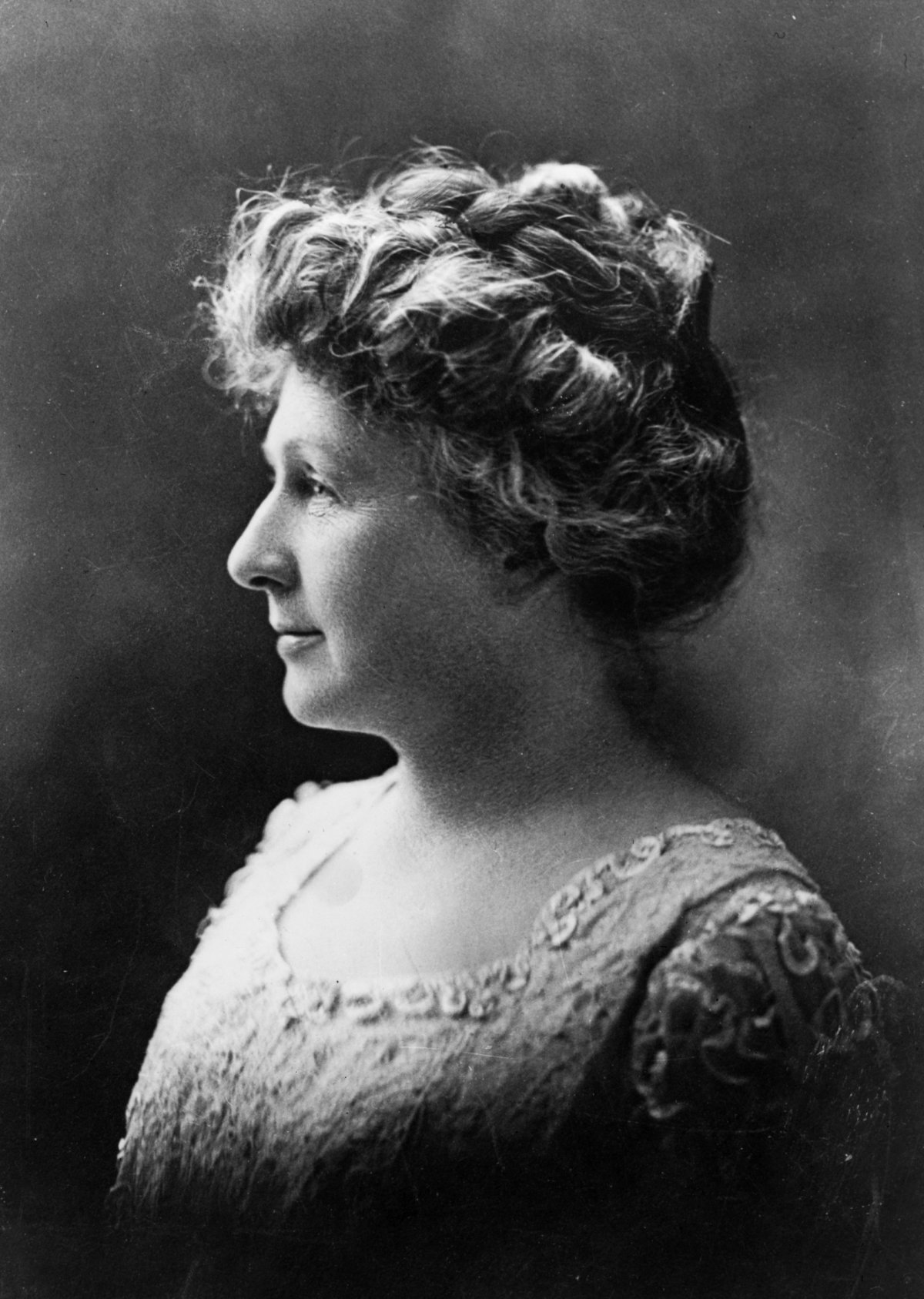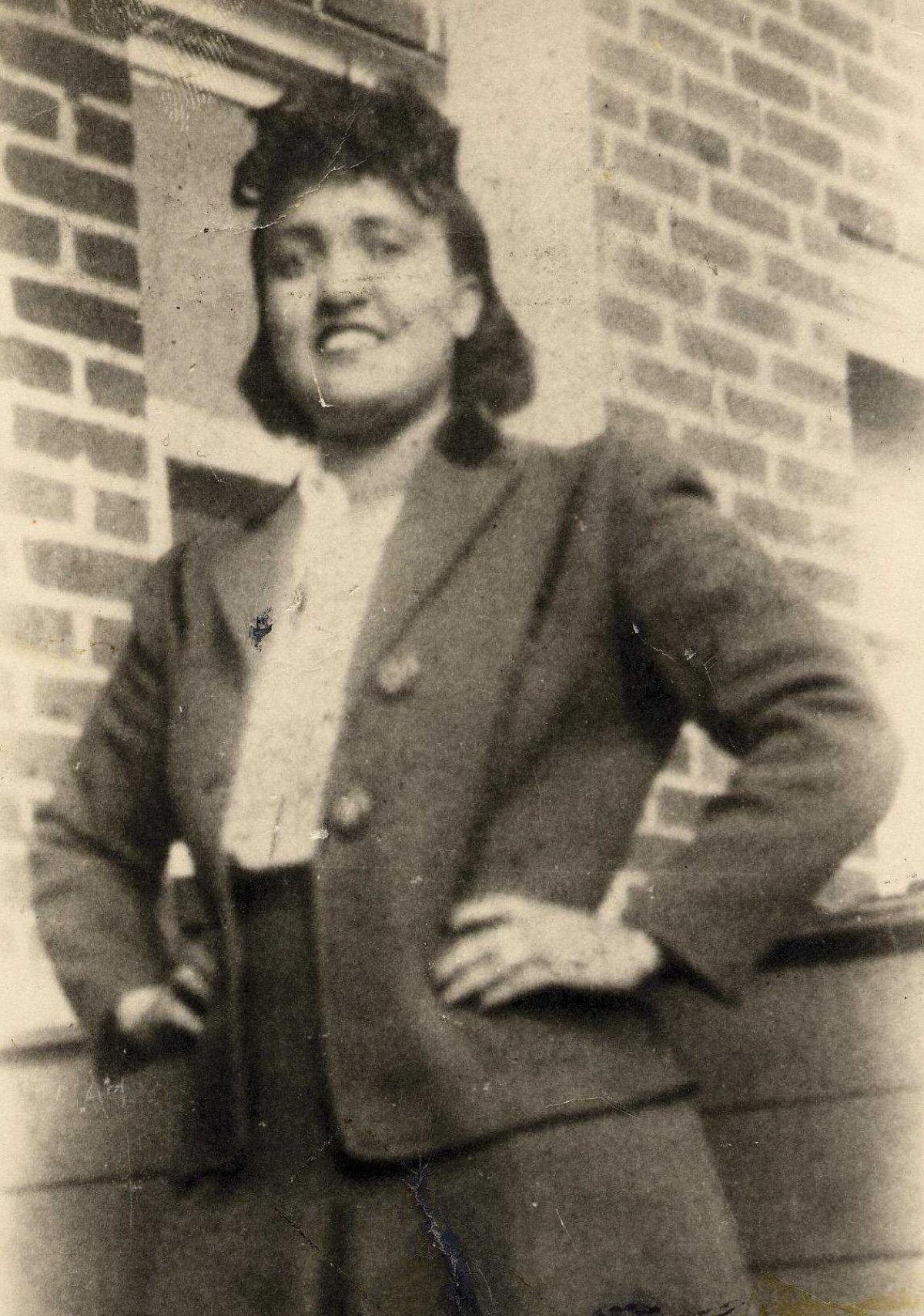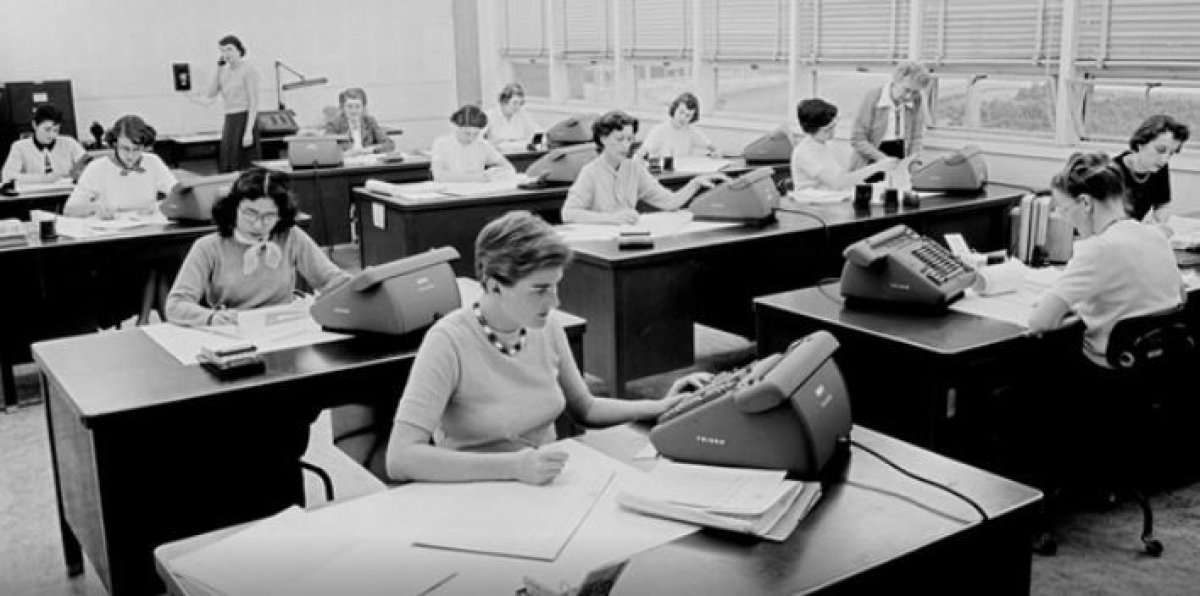Women have not always received the recognition they deserve, whether for their professional or personal labors. That includes female scientists in the realms of medicine, astronomy, genetics and more. In honor of International Women's Day on March 8, here are five women from U.S. history who had a significant impact on science, in the face of great adversity.
Elizabeth Blackwell

The first woman to receive a medical degree from an American university was British. Elizabeth Blackwell completed Geneva Medical College in 1849, breaking down a barrier for females in the United States. She then worked even harder to bring women into the field of medicine, founding the New York Infirmary for Women and Children, which accepted female doctors who had been denied internships at other institutions. The Bleecker Street facility opened in 1857 and a medical college was later added to it.
According to the National Institutes of Health, Blackwell had only been accepted to Geneva Medical College when the entirely male student body voted to allow her to study with them as a joke.
Annie Jump Cannon

This American woman changed the way astronomers looked at the stars, serving a vital role in developing the star classification system that experts still use today. The system used to be quite complicated but in 1901 Annie Jump Cannon limited star classes to O, B, A, F, G, K and M, with single-digit numerical magnitudes within each class—a structure that grouped the stars based on their temperatures.
She also discovered hundreds of new stars and has one of the coolest names in the biz.
Henrietta Lacks

She wasn't a scientist herself, but Henrietta Lacks changed the world of medicine. Some of her cells were biopsied while she was undergoing treatment for cervical cancer at the Johns Hopkins Hospital in 1951 and those cells ended up—without her consent—in a cancer lab where a scientist found that they were able to divide and multiply indefinitely outside the body.
Those cells became part of the first-ever discovered "immortal cell line" and, because of their hardiness, have been used in countless scientific experiments and contributed to numerous medical advancements, including the development of a vaccine against polio.
Lacks, 31, died of her cancer the same year she sought treatment at Johns Hopkins but her cells, known as HeLa cells, live on. Researchers use them to test the effects of different medications and viruses without using living human subjects and to learn more about human genetics and how our parts work.
Helen Ling

The most famous names linked to the early days of NASA and the American presence in space all belong to men, but there were plenty of women working behind the scenes to help launch the United States beyond Earth. Helen Ling worked for NASA's Jet Propulsion Laboratory in California, where a group of female "computers" did mathematical calculations to support missions like rocket launches and satellite tracking. As a supervisor, Ling was also instrumental in getting more women hired at the lab, including those who were forced to leave their JPL jobs when they had children but later wished to return.
"Men back then always thought they knew more than you did," Ling recalled, according to NASA. "So if you hire them under you, they're uncomfortable, you're uncomfortable. So I just hired women just out of college. I thought that if you didn't give them a chance, they'll never get a chance."
Virginia Apgar

This doctor made a mark on infant care when she introduced a method of evaluating newborns in the hospital, to measure their health after birth. Virginia Apgar's system, known as the Apgar Score, was developed in 1952 and looked at a baby's heart rate, breathing, reflexes, color and muscle tone. Doctors around the world now take newborns' Apgar Scores one minute and five minutes after birth to determine their health and predict how they will develop.
Uncommon Knowledge
Newsweek is committed to challenging conventional wisdom and finding connections in the search for common ground.
Newsweek is committed to challenging conventional wisdom and finding connections in the search for common ground.
About the writer
To read how Newsweek uses AI as a newsroom tool, Click here.








